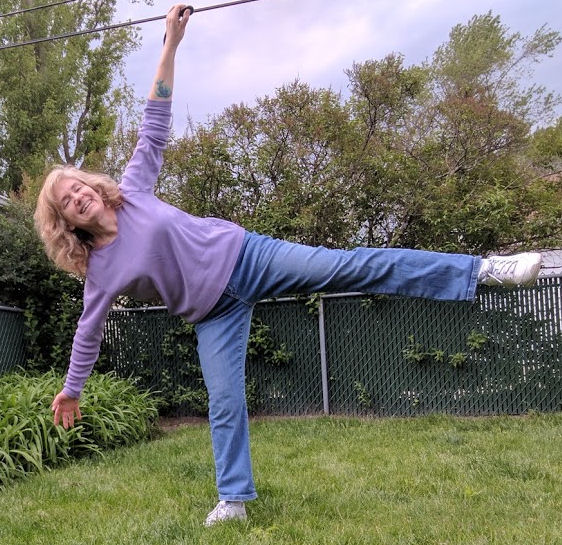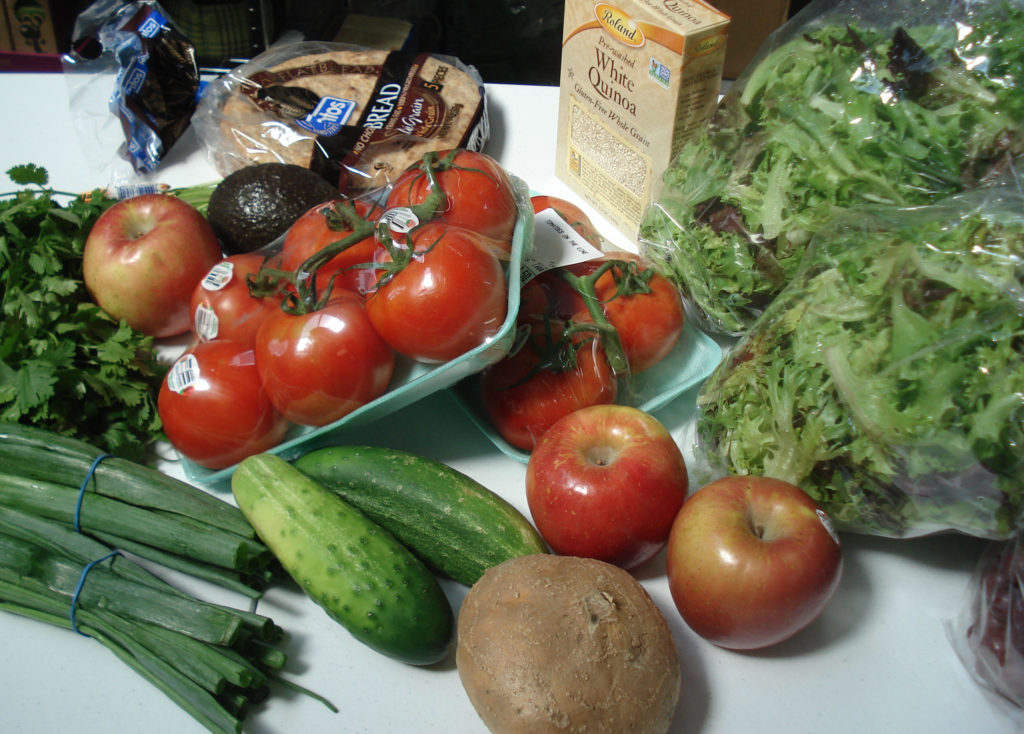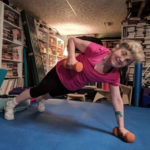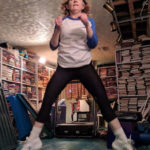3 ways to ease your aching joints
Even without arthritis (thank goodness), I’m noticing that I get creakier on rainy, damp days than I used to. If I’m sitting for even a half hour and get up, my knees and hips let me know that they exist and are not happy with the current state of affairs. Even my shoulders are stiffer. The first couple of shuffling steps involve gradual straightening and shoulder-rolling. A hand to the lower back is also sometimes required to straighten up. The next couple of steps are better, and before I’m halfway across the room everything is back to normal. All this is probably normal, but it still gives me a knock on the head that I’m getting older.
Now, before you suggest moving to the desert where it’s hot and dry, there are things we can do to keep our aging selves limber.
Stay hydrated
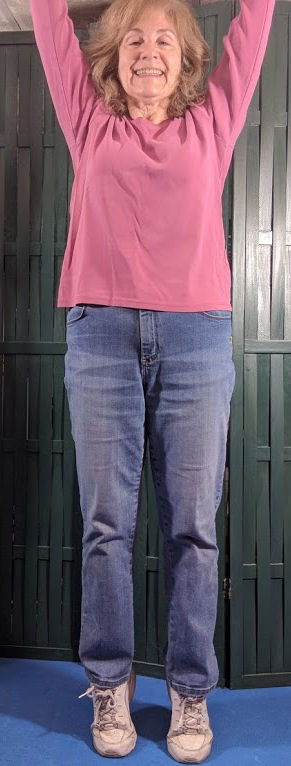
I know it sounds weird – recommending water to alleviate stiffness. But, a paper from the T.H. Chan School of Public Health at Harvard says that drinking enough water each day is crucial to regulate body temperature, keep joints lubricated, prevent infections, deliver nutrients to cells, and keep organs functioning properly. Being well-hydrated also improves sleep quality, cognition, and mood. So, drinking water keeps us moving in more ways than one!
Get up!
You know Newton’s First Law? A body at rest stays at rest. And atrophies. It’s a good idea to get up and move around periodically to keep the lubricants in our joints swirling around. If you tend to get involved in activities and lose track of time, set a timer for every hour to remind you to get up and move around.
Stretch
Another great way to feel less joint stiffness is to do some stretching. Stretching increases joint flexibility and can reduce stiffness. Another benefit is that some stretching exercises will also increase your balance and coordination, preventing falls.
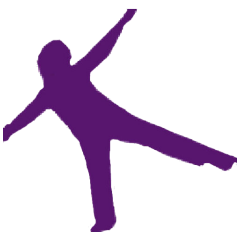
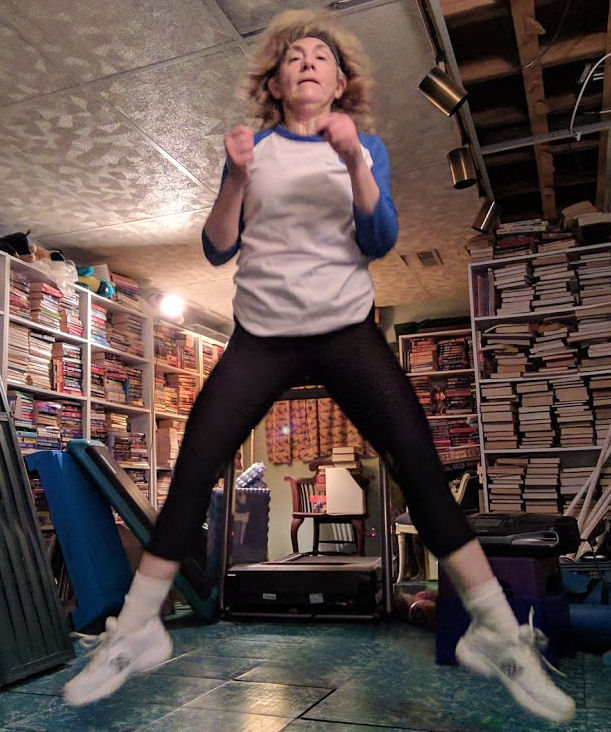
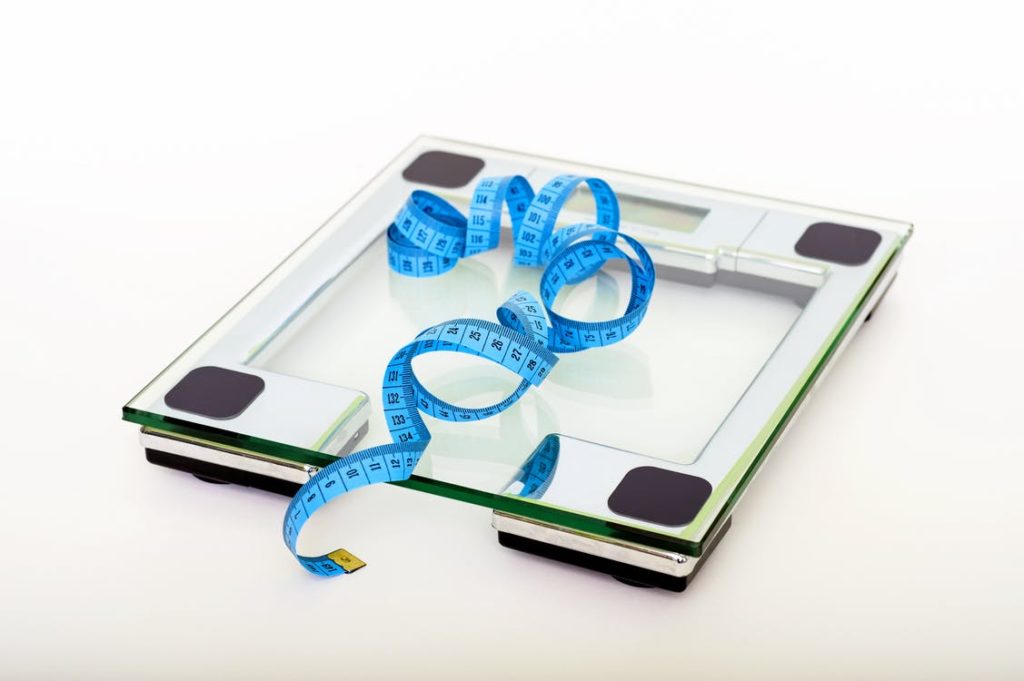
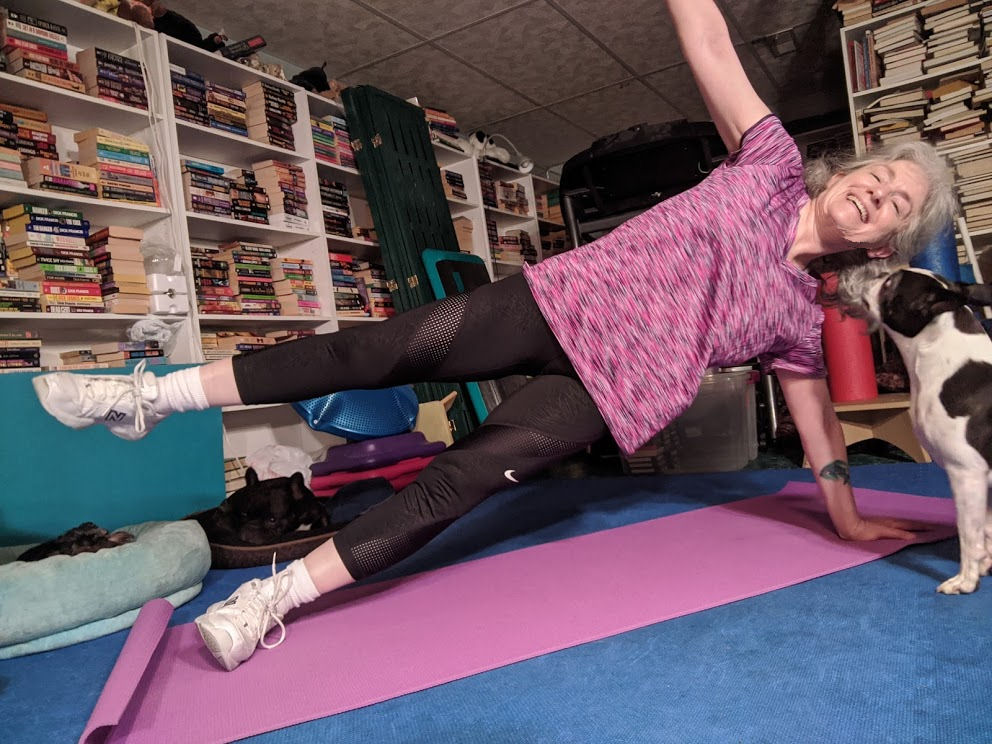
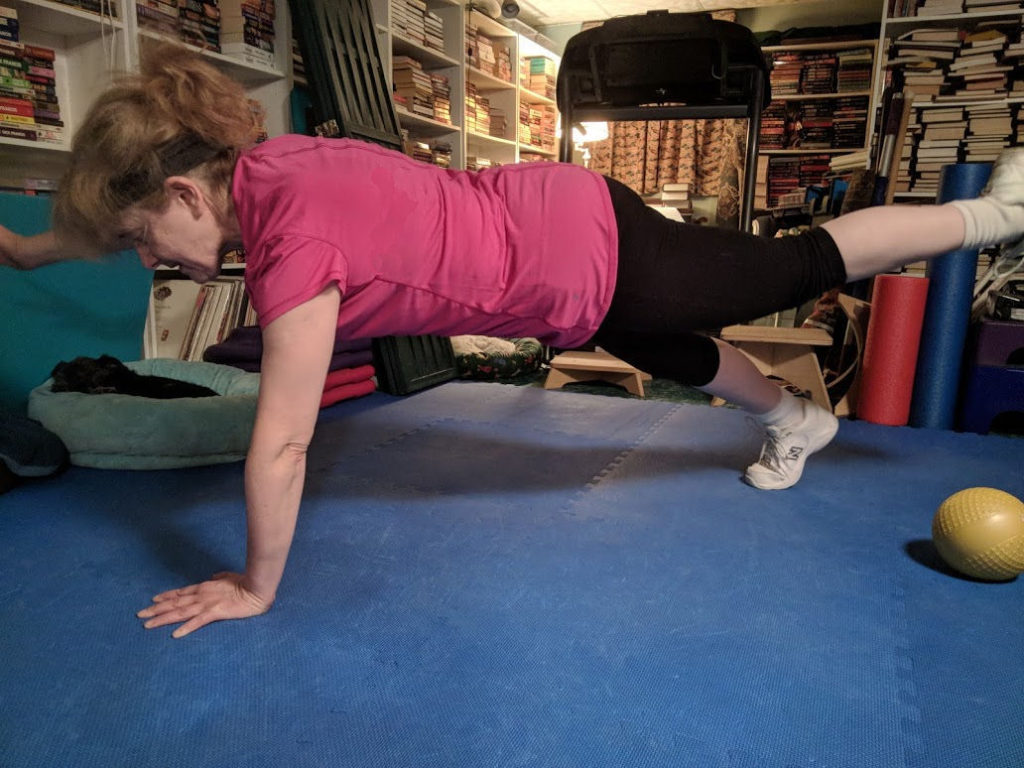
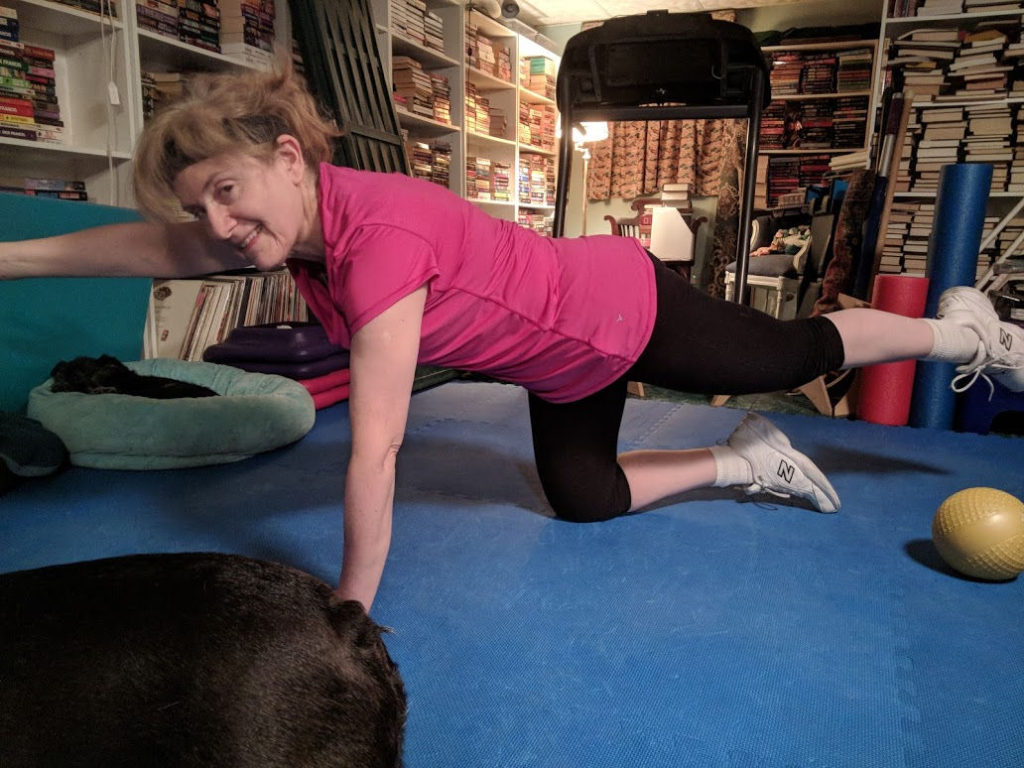

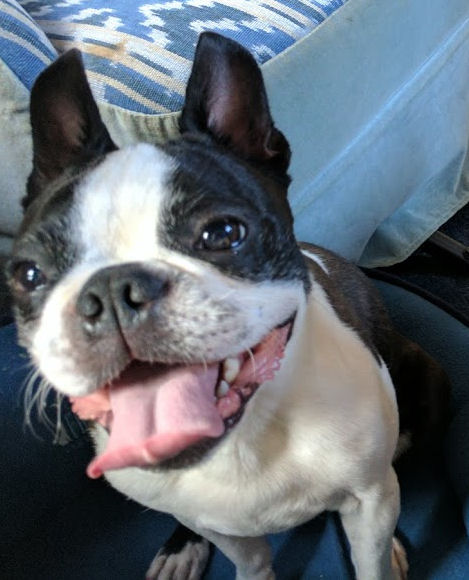 Do you have a dog? If you do, chances are you get more exercise than your neighbors who don’t have a dog. A recent British study shows that people with dogs exercise more than those who don’t own dogs. In fact, dog-owners are 4 times more likely to get the recommended amount of daily activity.
Do you have a dog? If you do, chances are you get more exercise than your neighbors who don’t have a dog. A recent British study shows that people with dogs exercise more than those who don’t own dogs. In fact, dog-owners are 4 times more likely to get the recommended amount of daily activity.